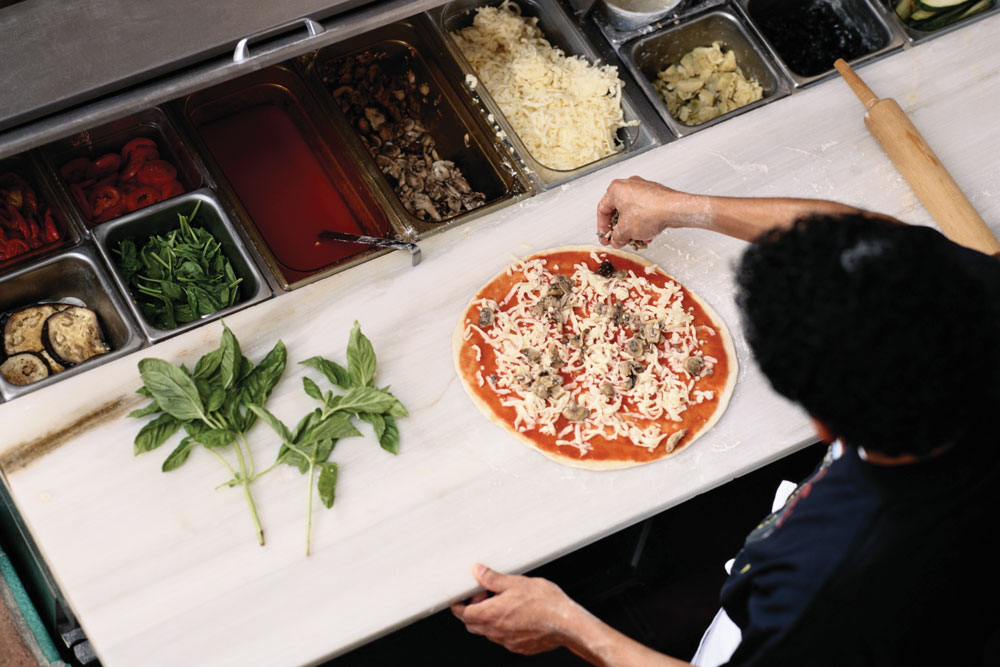QUESTION:
I know that plate costing is important, but it seems almost impossible. How can I do a better job of keeping track of it?
ANSWER:
It all starts with finding the right software. Unfortunately, not all plate-costing programs are created equally. Let’s say that cash flow is an urgent problem for you, so a consultant tells you to buy the latest software for $200 to $500, then asks for recipes for all of your menu items. In your gut, you know this will be a time-consuming process, but you’re desperate. Over time, you gather recipes scrawled on napkins and scratch paper from around your pizzeria and home office and bring them to the consultant in an old pizza box. Once you’ve finally gotten them organized for analysis, the consultant asks for invoices so he can get current pricing and match the ingredients and their individual costs with the multiple vendors from whom you purchase your ingredients.
All of this takes time, but eventually, the consultant comes up with your exact plate costs. Unfortunately, they’re based on invoices that are now several weeks old. And many, if not all, of the prices have changed! The plate costing software you’ve been using is not designed to accommodate this real-time change, and even more work will be required to update the pricing. And you ultimately learn that knowing your ingredient costs isn’t enough—you also need to factor in the quantities of each item sold. Meanwhile, you’re still bleeding cash!
I recommend using a cost-plating system that will diagnose your food costs per ingredient category and keep up with changes in vendor prices as they occur in real time. Then you can better determine where your excessive ingredient costs are occurring and work with your suppliers to drill down further and identify the potential problems per plate. For example, if you take a mix of items sold during a certain time period and look at the total costs of one common ingredient in those items, such as cheese, during that period, you can quickly determine your cheese costs related to menu items sold that use cheese. Then you can sit down with your supplier and talk about cost-control strategies—such as brand selection, purchasing power, discounts, volume rebates, promotions and portion control—and monitor your cheese costs on a per-day basis in aggregate (not just by price). This method allows you to start performing triage on your ingredients right away rather than waiting for a theoretical plate cost that could take weeks to figure out!















